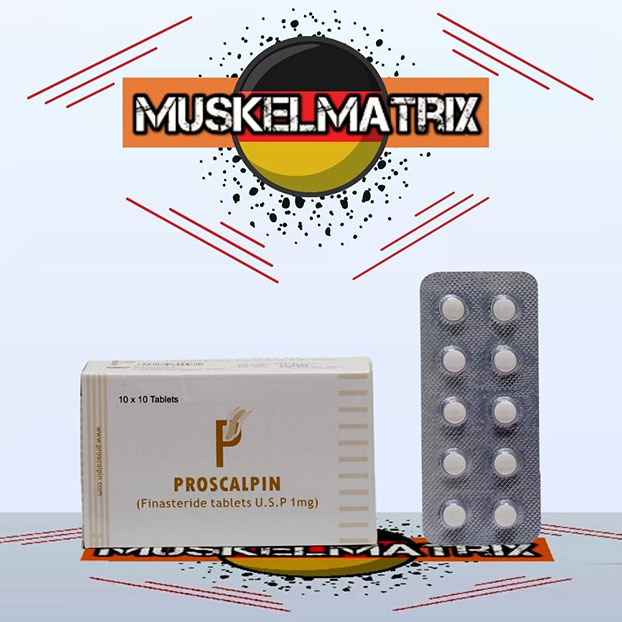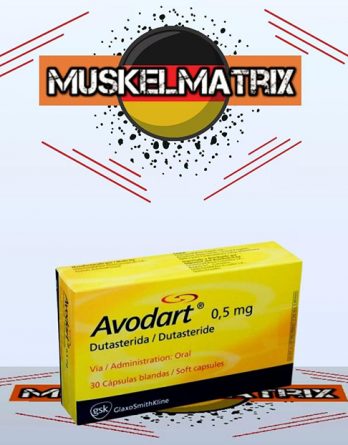Beschreibung
Pharmacokinetics
Finasteride is well absorbed in the gastrointestinal tract, eating slows down the rate of absorption, but does not affect the level of suction. Average bioavailability of finasteride is 63% (within 34 to 71%), based on the ratio of the area under the curve for the intravenous reference dose. The maximum value of finasteride plasma concentration of 37 ng / ml (27-49%) and reached within 1 to 2 hours after administration. The drug accumulates in the body after repeated several introductions. The establishment of equilibrium concentration occurs after 17 days, the exact time is not known.
About 90% of finasteride circulates in plasma associated with protein state. finasteride high volume of distribution (76 l in steady state); Drug penetrates the blood-brain barrier and a small amount has been found in seeds. The drug can be absorbed with the milled tablets in contact through the skin.
Finasteride is metabolized primarily by the liver to inactive metabolites. Plasma clearance finasteride 165 ml / min (70 -279ml / min) and the half-life of 6 hours. About 39% (32-46%) received a dose excreted in the urine as metabolic products, and 57 (51-64%) through the intestines.
Pharmacokinetic properties in general do not change, with the term renal insufficiency increased. Pharmacokinetics in liver disease dysfunction has not been studied.
Finasteride, indications for use
Finasteride has been shown in benign prostatic hyperplasia (to reduce the size of the prostate, increase the maximum urine flow rate and reduce the symptoms associated with hyperplasia, thereby reducing the risk of acute urinary retention and the associated likelihood of surgical intervention.
Contraindications
Hypersensitivity to finasteride and other components of the drug, prostate cancer, obstruction of the urinary tract, childhood.
With care – abnormal liver function.


